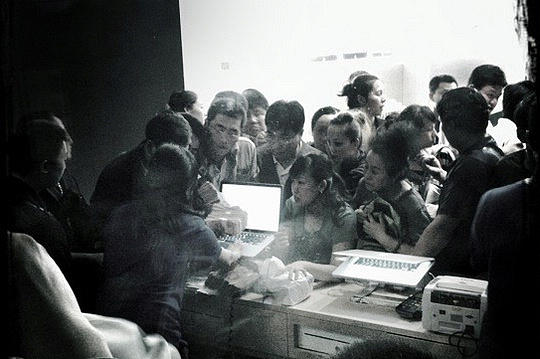How much can being a control freak cost Apple’s iAd program? In the case of Adidas, the price reportedly was $10 million. That’s the figure one publication this weekend reported the Cupertino, Calif. company lost because “Apple CEO Steve Jobs was being too much of a control freak.”
According to Silicon Alley Insider, Apple rejected three advertising concepts proposed by the sporting goods maker, causing the iAds campaign to hit the showers. “Advertisers complain about the lack of control over visibility into where their ads appear, lack of third-party ad serving tools, and other issues,” the report said. Although Apple plans to open up the process in the future, “some advertisers have lost their patience.”
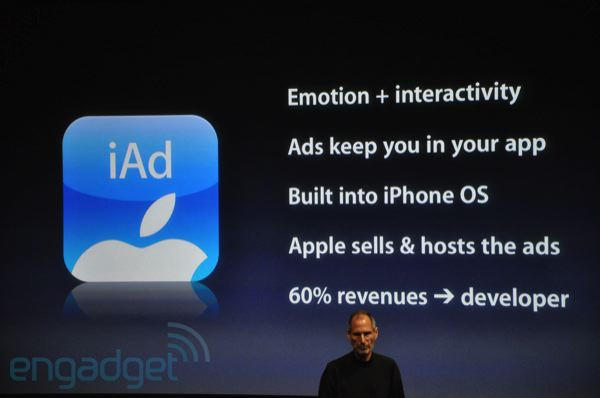



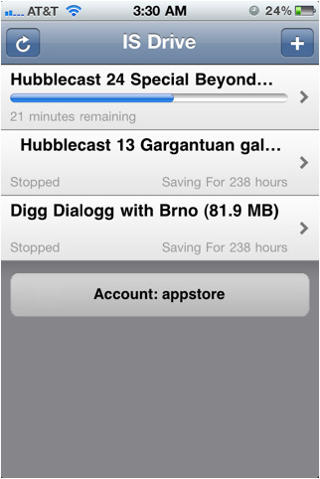
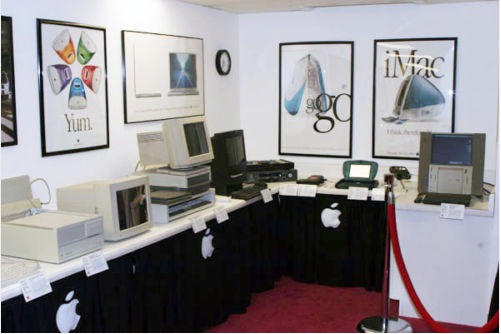


![Cherokee Language Now Available for iPhone and iPod touch Cherokee Nation language school students [photo: cherokee.org]](https://www.cultofmac.com/wp-content/uploads/2010/10/iPhone-Kids_LG179514361lg.jpg)








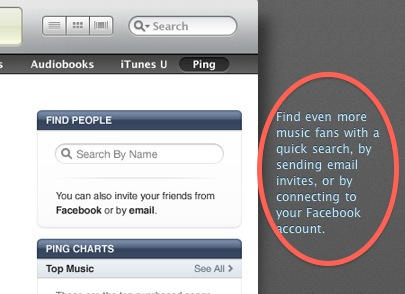
![Play Space Invaders In Your Backyard With Look-Up For iPhone [Review] 20101001-lookup.jpg](https://www.cultofmac.com/wp-content/uploads/2010/10/20101001-lookup.jpg)
![Cute iPhone / iPad Robots Can Kinda Sorta Walk [Video] 20101001-robot.jpg](https://www.cultofmac.com/wp-content/uploads/2010/10/20101001-robot.jpg)
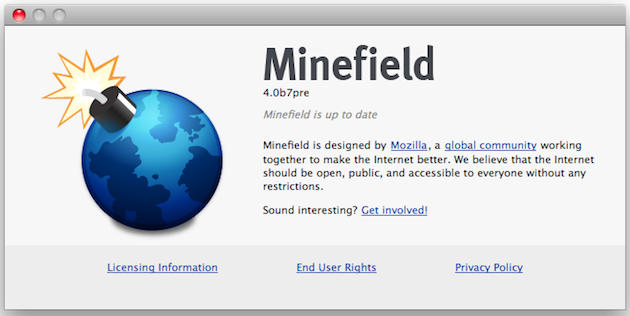
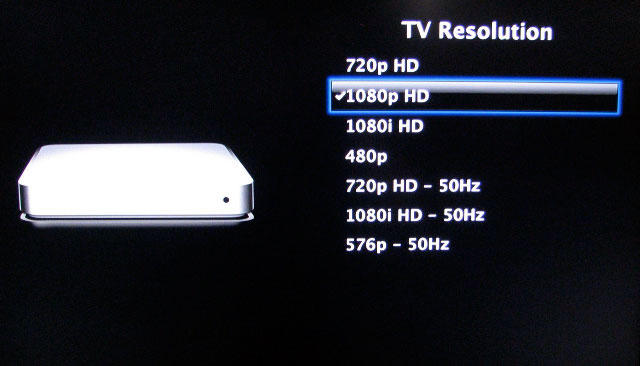
![From Camino To Safari And Back Again [Opinion] 20101001-caminotweet.jpg](https://www.cultofmac.com/wp-content/uploads/2010/10/20101001-caminotweet.jpg)

